Description
Ancient Chinese knew Mars as ‘the fire star.’ Sumerians thought Enlil (Mars) was the cause of the Great Flood. Classical Greeks indicted Ares (Mars) as the ‘bane of mortals.’ And the Romans saw Mars as the God of War. …Why?” In the year 2003, 44 years have passed by since the assessment of asteroid origin was made by James S. Pickering, a statesman among astronomers. Since then, there have been over 50 lunar missions, over 50 solar missions and some 50 planetary missions to various planets.
Among the planet surfaces photographed were the back side of the Moon, then of Mars, Venus, Mercury and on to Jupiter, Saturn, Uranus and Neptune. Astonishing physical geography has been discovered on many of the planets and satellites, evidence in many cases of sudden, cataclysmic violence.
Has anything changed concerning theory of asteroid origin in the last 44 years? Opinion still is divided between those who feel the asteroids accreted in space, like condensing dew drops, over 4 billion years, and those who still feel that there might have been a planetary collision somewhere between Jupiter and Mars.
The consensus among astronomers is about the same today as it was 44 years ago, with the majority still being “accreters” and the minority being “collisionists with an unknown planet”. The thrust of the next six chapters is to provide a final explanation for the genesis of the asteroids. A baker’s dozen of categories of evidence are cited.
Twelve or thirteen items of physical evidence are presented and discussed in the next six chapters. The evidence will be from the scars of Mars and its two tiny satellites. It will be that Mars was out there, in an orbit much different than its modern orbit, and it was the red planet that caused the fragmentation of the asteroids. But that is just part of the damage caused by Mars in its former orbit.
For the demise of a small former planet, the next six chapters will convict Mars, but a Mars not in its modern orbit. It will convict a Mars having a different orbit, one long and narrow rather than an orit almost circular. It will be an orbit where the energy of Mars in its former orbit and the energy of Mars in its recent orbit are similar. But the regions Mars roamed in space were vastly different than it is today.
This evidence, accurately reported and interpreted, will show that the “planetary collisionists”, the minority of astronomers, have been closer to the truth, and the majority, the “accreters” have been dead wrong.
However, today Mars does not go out into the asteroid orbit. Most of the planetary collisionists, like the accreters, also suppose the orbit of Mars has been unchanged in the last 4 billion years. With the dogma of gradualism they too have embraced, they too have failed to suspect the obvious candidate, and the one planet closest to the asteroid belt. Why the failure? Their thinking has been from a defective paradigm.
The paradigm offered here is that the Mars did not assume its modern orbit until the year 701 B.C.E., well within the boundary of ancient writings and ancient history. If so, what was the orbit of Mars in its previous age? Chapters 7 to 12 will address this, the deeper question.What does all this mean? It means the following.
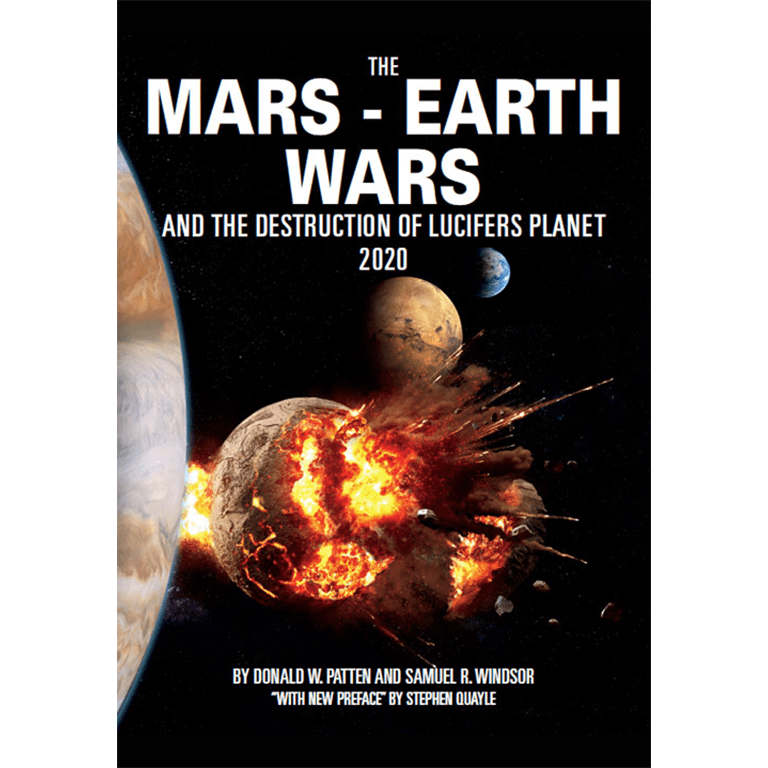
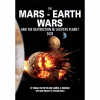
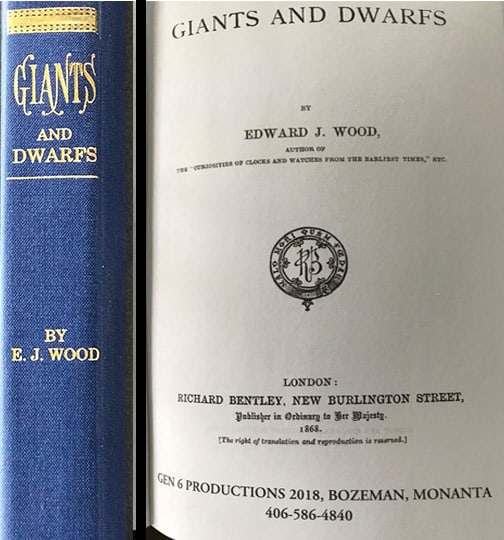
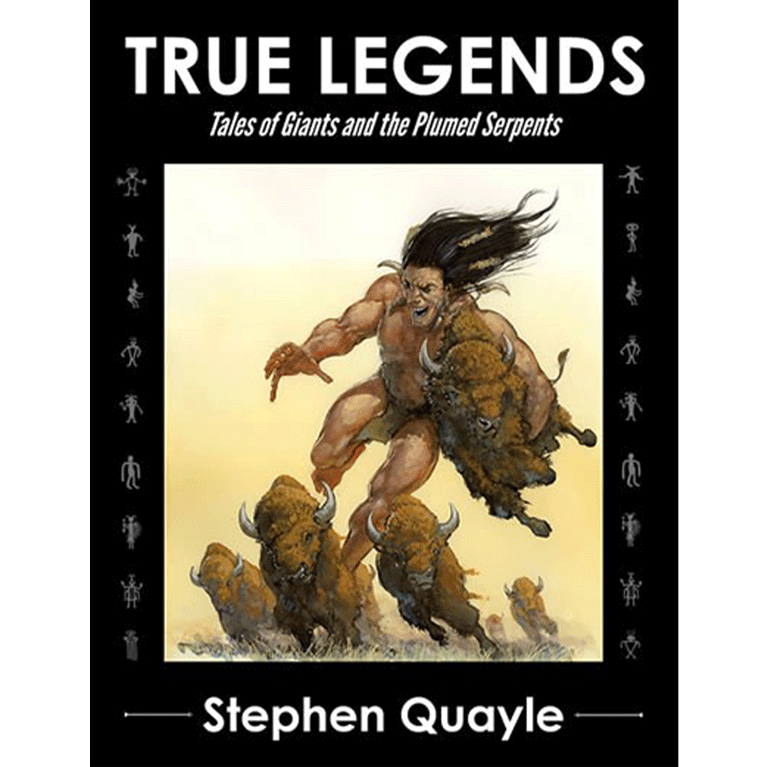
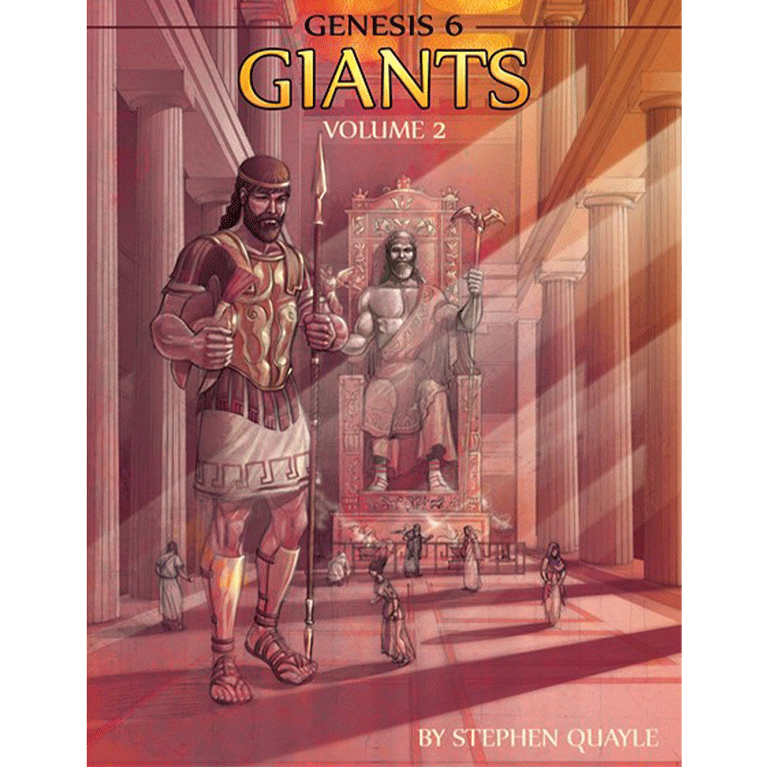
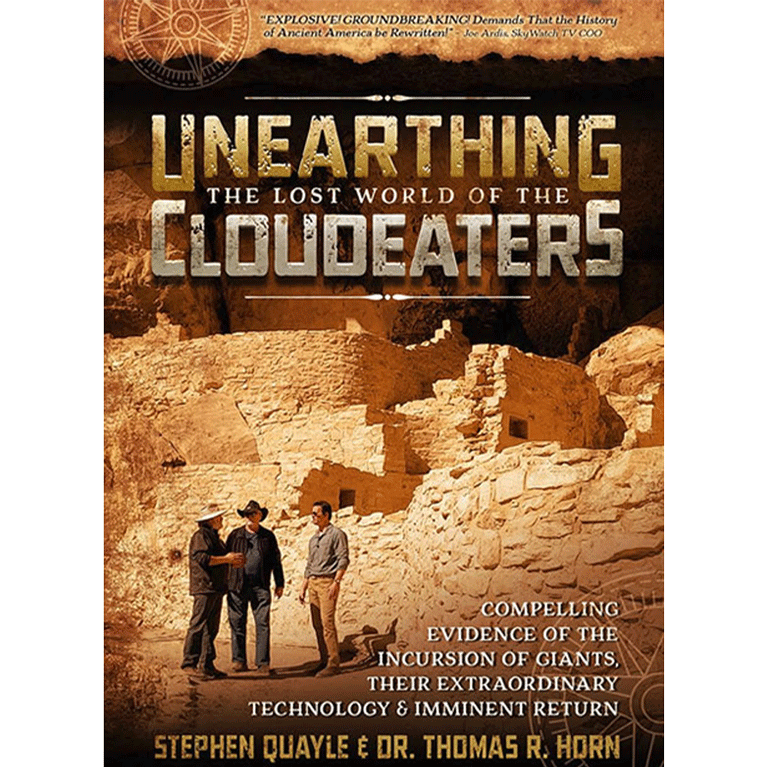

Reviews
There are no reviews yet.